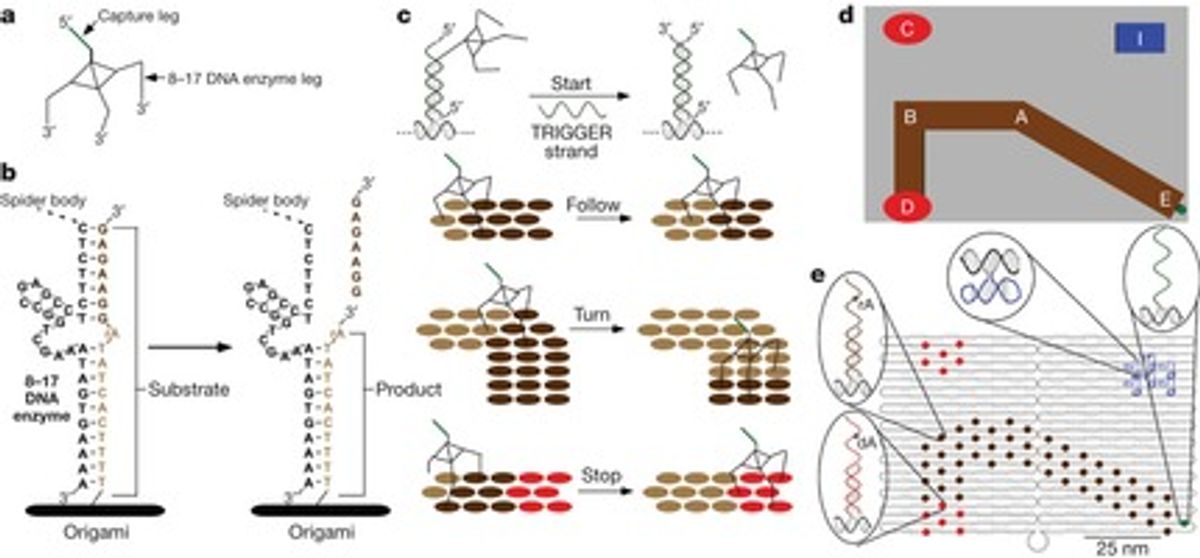I was recently encouraged by a project that calls itself The Long News, which uses the criteria of only covering stories that will seem important in 10, 20, 100 or even a 1,000 years. My sense of encouragement came from the fact that a number of their recent headlines were stories that I had covered here on this blog. It would seem science news is probably one of the most important to us in the long run.
However, in this video below I was somewhat disappointed in how Kirk Citron, a Curator of The Long News, presented the idea that robots are circulating through the bloodstream of mice and fixing things…today. The three stories he cites as evidence of this development (Discovery News , Technology Review or the Inquirer) hardly add any credence to his assertion.
But am I missing the forest through the trees here? Could it be that it is more compelling to talk about robots traveling through our bloodstream and fixing things than it is to talk about gene therapy?
I was hauled on the mat just the other day for a schematic I used to accompany a blog post. Since the scientist behind the research was the one credited for the illustration, it seemed to me a legitimate way to…well illustrate the technology.
Whatever you may think about that example, I think more of us could agree that the latest artist rendering of DNA molecular robots may have stepped over some line.
The blog 10minu9 has a real interesting take on this. He provides the following two images:
Both are representations of the same technology, but with clearly different results when it comes to the mind of the reader. And he laments: “…although it’s great that work like this is publicised, the linguistic and visual imagery vastly overpowers the actual science in the article.”
I tend to agree with this assessment. However, there is a rub here and that is the first schematic may be more accurate to the science, but it will all but ensure that no one reads the article outside of small niche of scientists. So while I would be really troubled if I saw the latter image in the Nature article in which this research was originally published I am less so when I see it on the pages of the Wall Street Journal.
But the potential for getting the wrong end of the stick so to speak on what nanotechnology means, or what it can do, or what its risks might be is very real and is nicely exemplified in a piece over at TNTLog in which what appear to be fairly shaky scientific claims are made that equate carbon nanotubes to asbestos. The confusion on that one is already rampant and appears likely to continue and magnify.
Dexter Johnson is a contributing editor at IEEE Spectrum, with a focus on nanotechnology.





